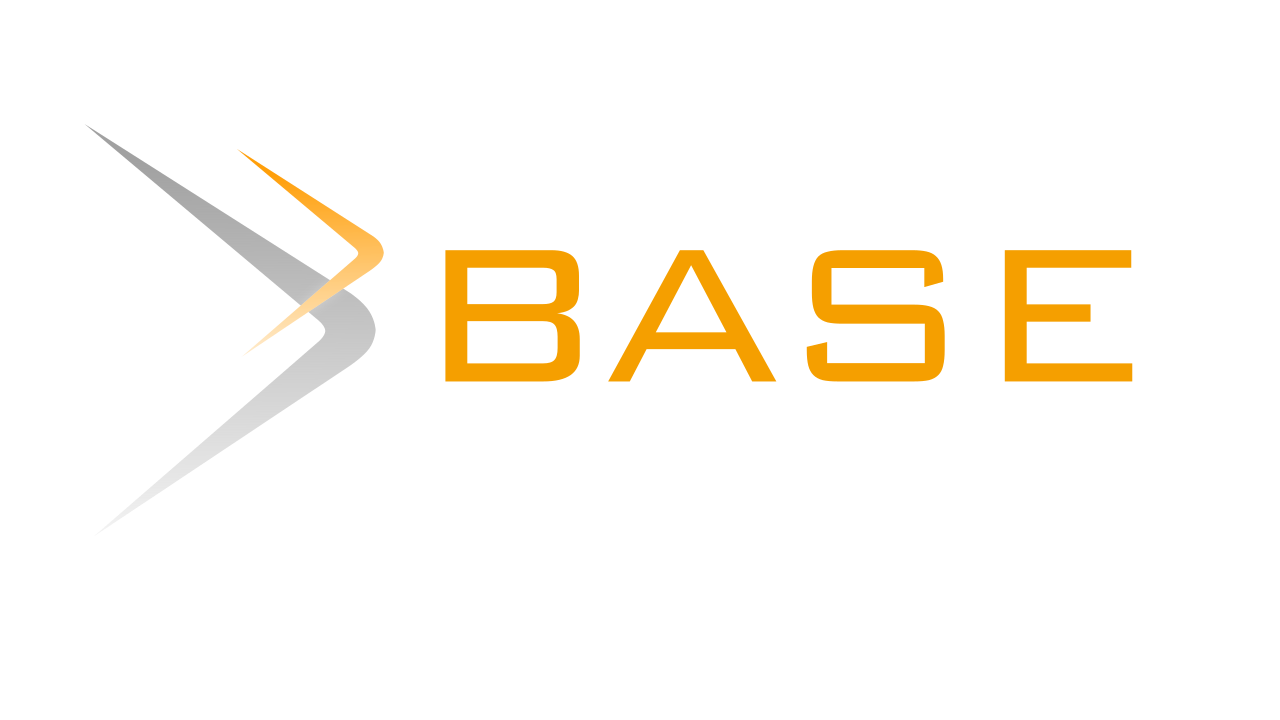Utilization of Arduino UNO Technology and Arduino IDE to Create Electrical Disconnect Products for Electronic Equipment
DOI:
https://doi.org/10.32486/aksi.v6i1.6Keywords:
Arduino, RFID, Electric Power, Technology, RemoteAbstract
Today many people often forget to turn off household appliances such as fans or lights, which results in the flow of electricity from the socket even when not in use, resulting in excessive power consumption. Electricity tariff for the first quarter of 2019: IDR 1,115 / kWh for medium voltage customers. If the lecture room has 4 lamps where each lamp has 23 watts of power, 2 Daikin AC units with 1 PK each, each air conditioner has 840 watts of power. Acer S1213Hn LCD projector has the power: 250 Watt, the total cost of electricity consumption per hour and usage for a month of 26 days for the lecture hall consisting of lamps, air conditioner and LCD projectors is IDR 58,617.78. The research method used is literature study and data collection, technology concept design, development preparation, hardware assembly, Arduino UNO coding, upload coding to hardware, technology testing. To find out the test results whether the technology can work properly, it must be applied directly by connecting the technology that has been created with electricity directly. The way that can be done is to connect the Arduino with mains power using a DC 5 V adapter then connect the relay to a 220 V AC power source and a 220 V halogen lamp. After everything is connected, the lights can be turned on by bringing the registered RFID closer to the RFID Reader, if you want. set how long it takes for the light to turn on can press a button on the IR remote
References
Akhdi Martin Pratama. Hingga Maret 2019, Pemerintah Pastikan Tarif Listrik Tidak Naik. Retrieved from https://ekonomi.kompas.com/read/2019/01/03/220200826/hingga-maret-2019-pemerintah-pastikan-tarif-listrik-tidak-naik
Asadullah, M., & Ullah, K. (2017). Smart home automation system using Bluetooth technology. ICIEECT 2017 - International Conference on Innovations in Electrical Engineering and Computational Technologies 2017, Proceedings. https://doi.org/10.1109/ICIEECT.2017.7916544
Baraka, K., Ghobril, M., Malek, S., Kanj, R., & Kayssi, A. (2013). Low cost arduino/android-based energy-efficient home automation system with smart task scheduling. Proceedings - 5th International Conference on Computational Intelligence, Communication Systems, and Networks, CICSyN 2013, 296–301. https://doi.org/10.1109/CICSYN.2013.47
Dahou, H., Gouri, R. El, Alareqi, M., Mateur, K., Mezouari, A., Zemmouri, A., & Hlou, L. (2018). Design and Implementation Intelligent Adaptive Front-lighting System of Automobile using Digital Technology on Arduino board. 8(1), 521–529. https://doi.org/10.11591/ijece.v8i1.pp521-529
Dewi, A. K., Hadi, M. S., & Anwar, S. (2017). Sistem Atap Rumah Otomatis pada Smarthome dengan Menggunakan Arduino. Jurnal Teknologi Dan Sistem Komputer, 5(1), 43. https://doi.org/10.14710/jtsiskom.5.1.2017.43-48
Gaya Lufityanti. Begini Lho Cara Menghitung Biaya Pemakaian Listrik dalam Sebulan. Retrieved from https://jogja.tribunnews.com/2016/03/25/begini-lho-cara-menghitung-biaya-pemakaian-listrik-dalam-sebulan
Gunawan, T. S., Munir, Y. M. S., Kartiwi, M., & Mansor, H. (2018). Design and implementation of portable outdoor air quality measurement system using arduino. International Journal of Electrical and Computer Engineering, 8(1), 280–290. https://doi.org/10.11591/ijece.v8i1.pp280-290
Gunputh, S., Murdan, A. P., & Oree, V. (2017). Design and implementation of a low-cost Arduino-based smart home system. 2017 9th IEEE International Conference on Communication Software and Networks, ICCSN 2017, 2017-January, 1491–1495. https://doi.org/10.1109/ICCSN.2017.8230356
Hang Poh, K., Ye Tan, C., Syafiqah Mat-Ruslan, N., & Othman, W. (2019). Design and Implementation of Simple IoT-Based Smart Home System using Arduino UNO. Technical Journal of Electrical Electronic Engineering and Technology, 3(1), 1–13. Retrieved from http://www.technical-journals.org/index.php/TJEET/article/view/27
Molla, T., Khan, B., Moges, B., Alhelou, H. H., Zamani, R., & Siano, P. (2019). Integrated energy optimization of smart home appliances with cost-effective energy management system. CSEE Journal of Power and Energy Systems, 5(2), 249–258. https://doi.org/10.17775/cseejpes.2019.00340
Ruuhwan, Rizal, R., & Karyana, I. (2019). Sistem Kendali dan Monitoring pada Smart Home Berbasis Internet of Things (IoT). Innovation in Research of Informatics (INNOVATICS), 2(October), 43–50.
Taha, I. A., & Marhoon, H. M. (2018). Implementation of controlled robot for fire detection and extinguish to closed areas based on Arduino. Telkomnika (Telecommunication Computing Electronics and Control), 16(2), 654–664. https://doi.org/10.12928/TELKOMNIKA.v16i2.8197
Tullah, R., Ramdhan, S., Akbar, R. N., & Yusuf, F. (2020). Telematika Smart-Cane for The Blind with A Sensor Detection Approach. 13(2), 110–118.
Yulianto, N., & Bacharuddin, F. (2016). Perancangan Sistem Informasi Parkir dengan WiFi Berbasis Arduino. Lontar Komputer : Jurnal Ilmiah Teknologi Informasi, 7(3), 132. https://doi.org/10.24843/lkjiti.2016.v07.i03.p01
Downloads
Published
How to Cite
Issue
Section
License

This work is licensed under a Creative Commons Attribution-ShareAlike 4.0 International License.













